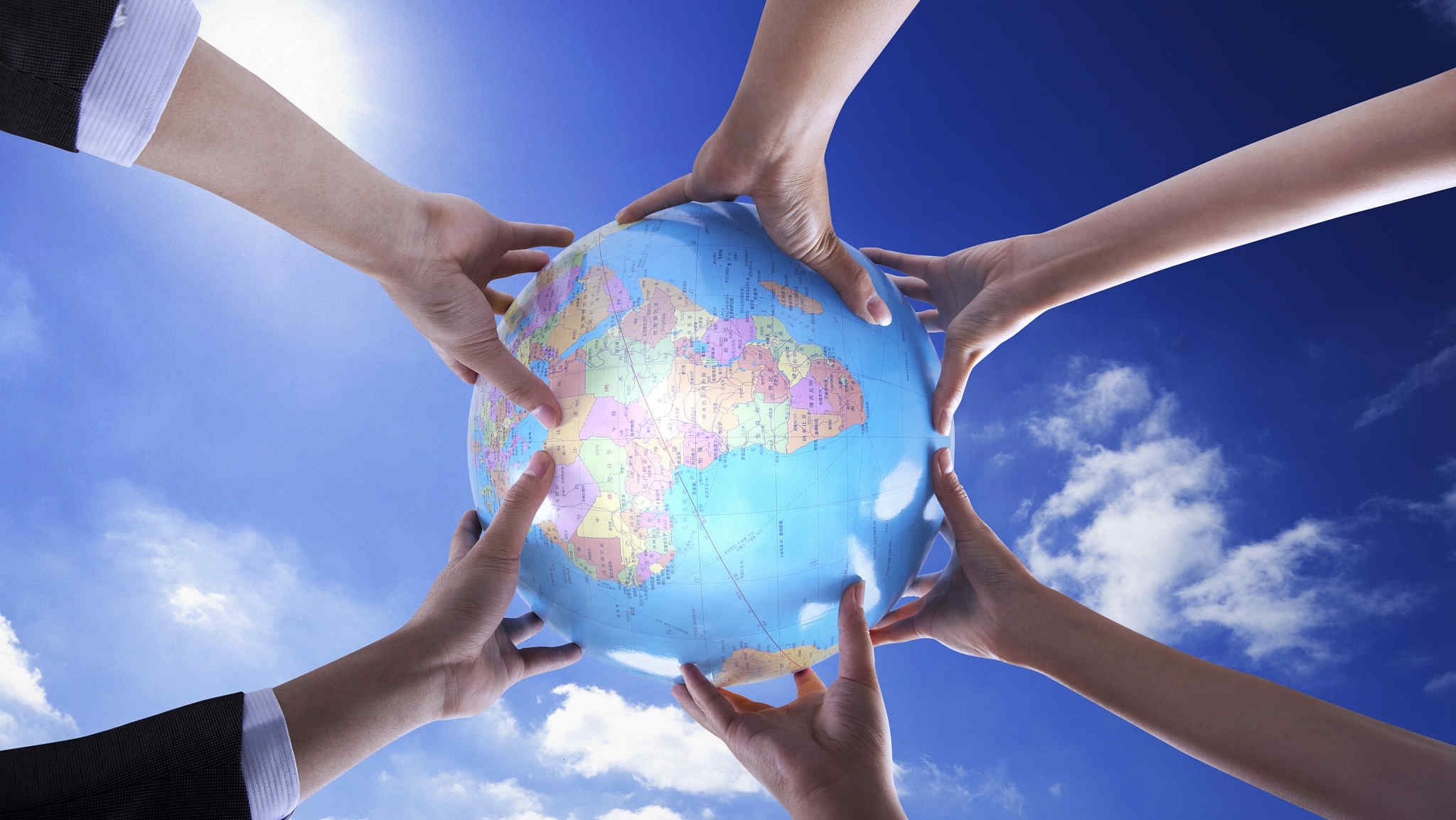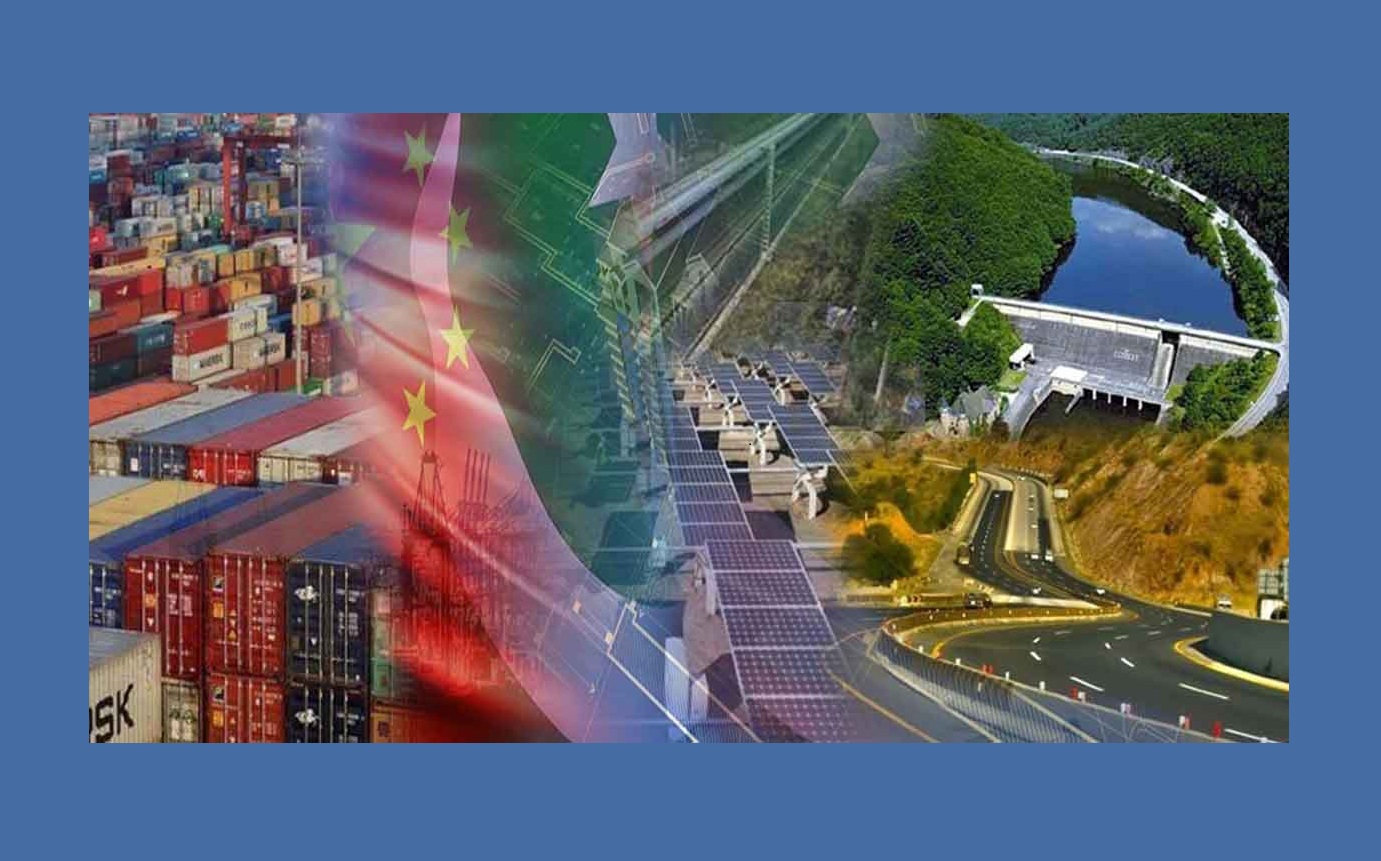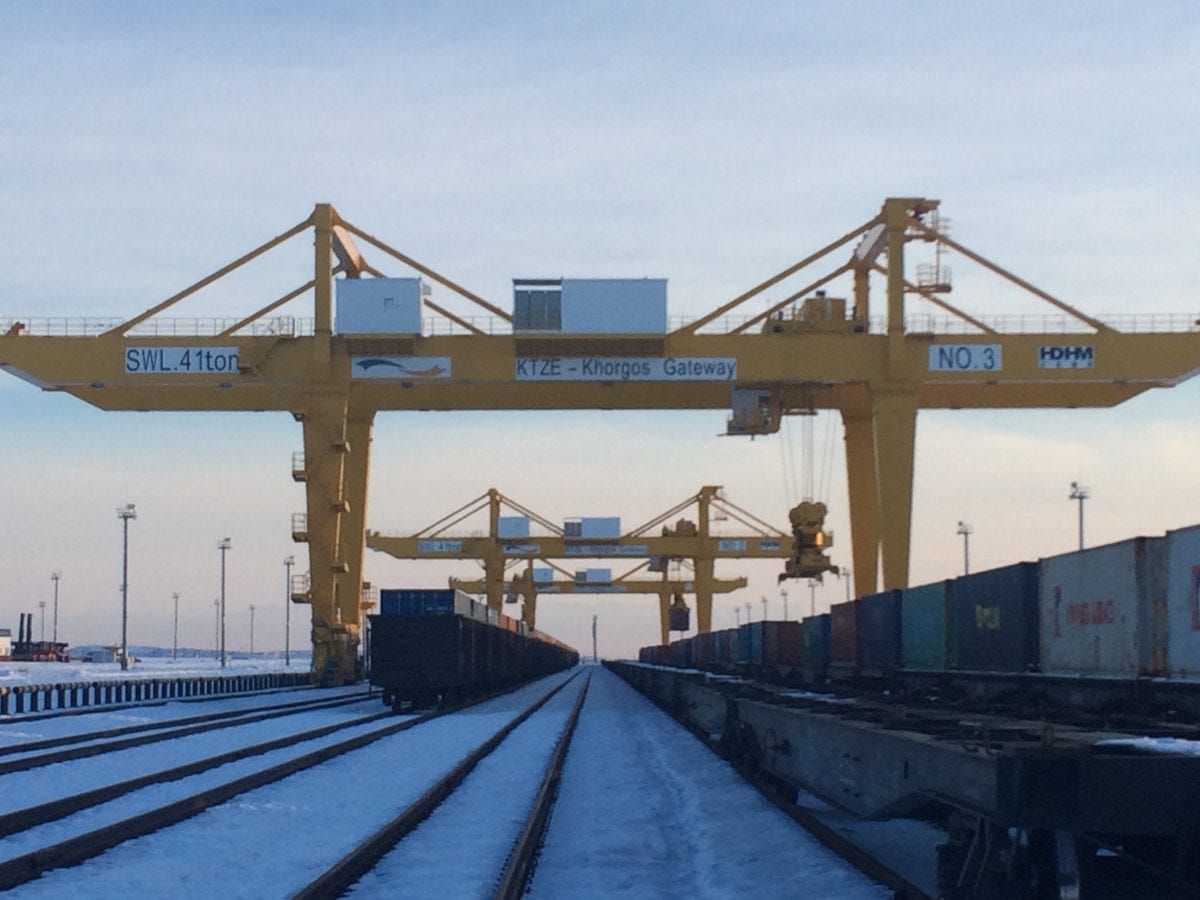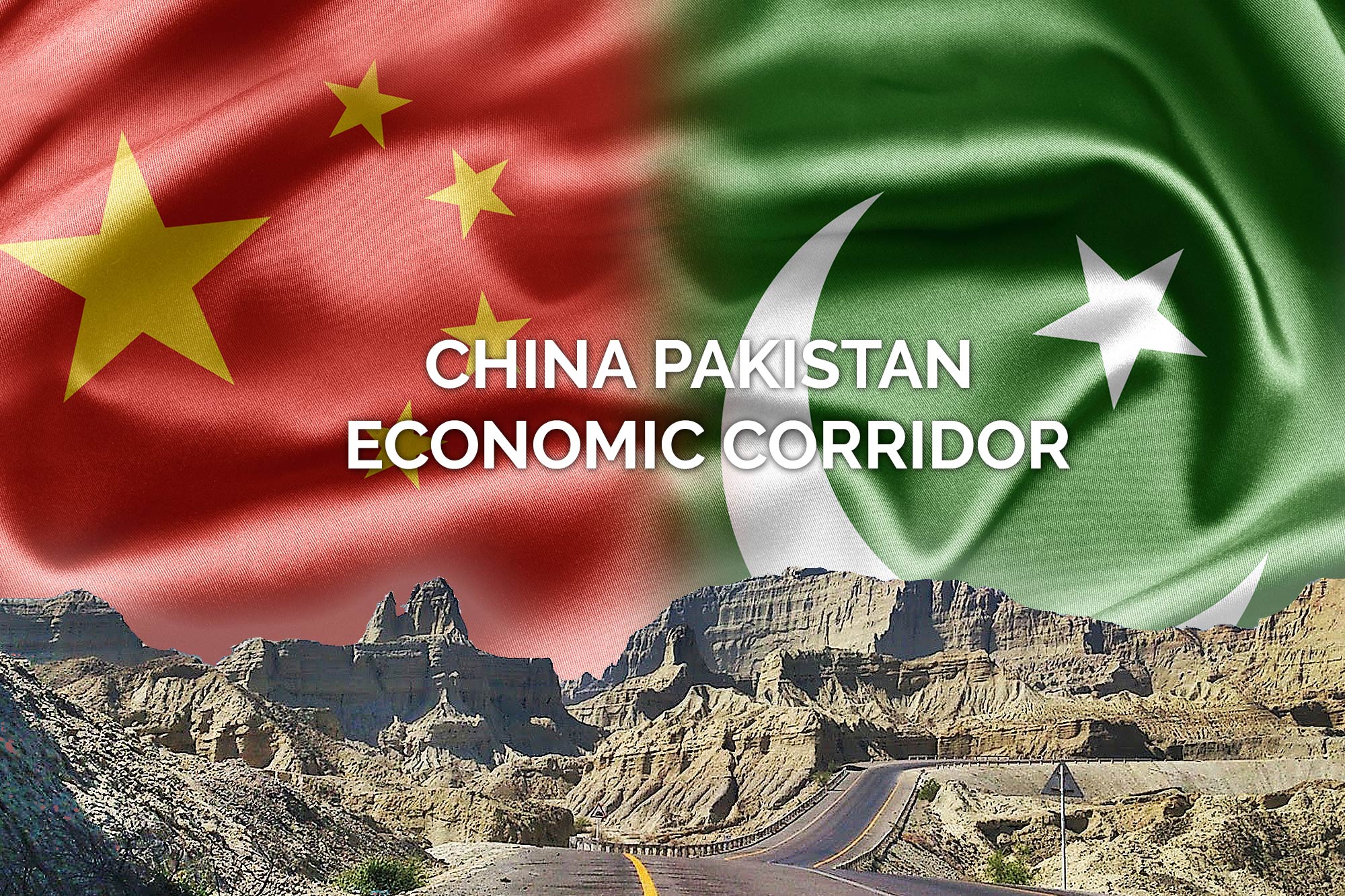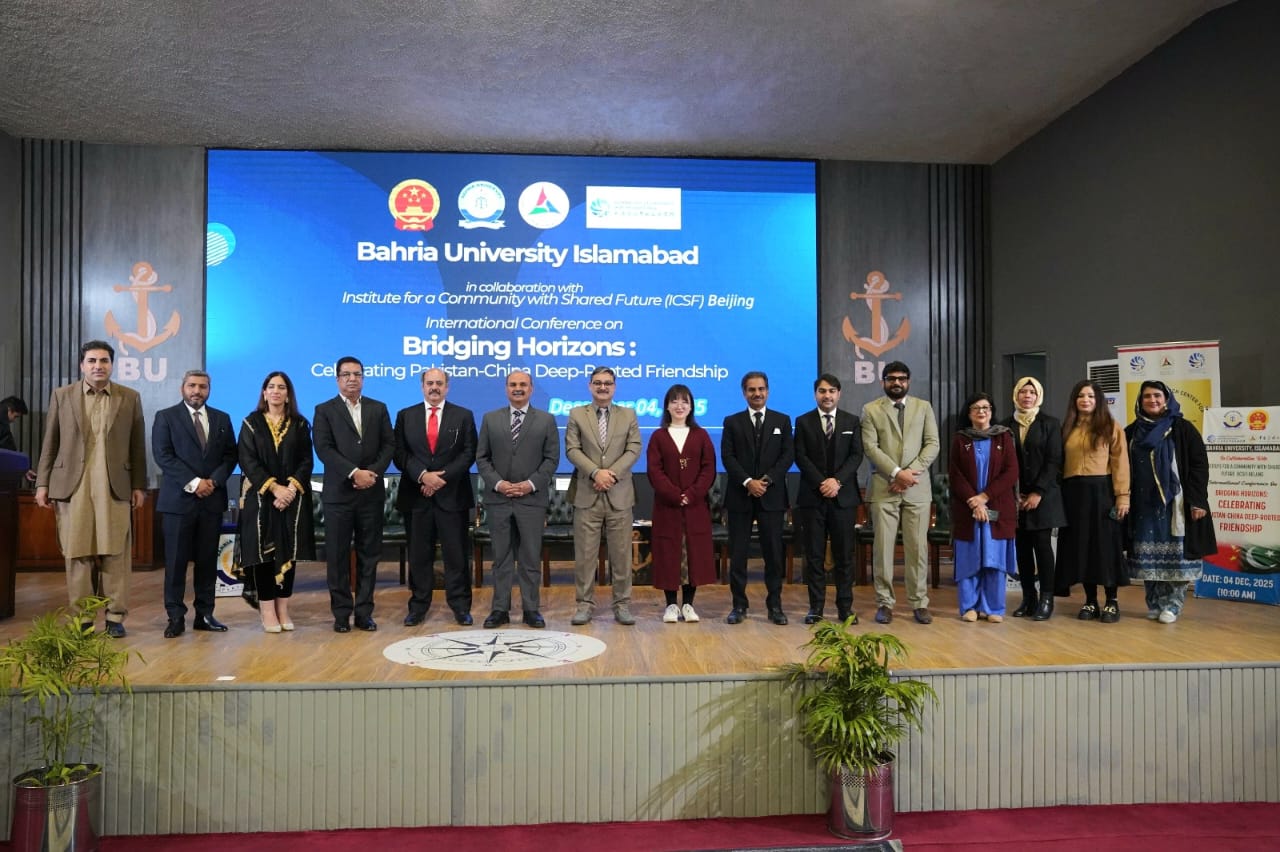In this new world of 21st century, the traditional Geopolitical tensions from trade wars to ideological divides still exist but the use of soft power become more prominent. China emerged as a leader in this world, perfectly executing the ability to shape preferences through attraction rather than coercion. The International arena is again striving to influence global order through diplomatic and cultural means. US lead the road during previous century by championing soft power but China stands out figurehead in contemporary era for its deliberate use of cultural diplomacy as a cornerstone of its foreign policy. Through multiple initiatives Belt and Road, Confucius institutes, and International media outreach, China seeks to project its image of mutual development and growth, harmony, mutual respect following the path of its leader Mao Zedong based on 5 principles of peaceful coexistence a vision encapsulates in a phrase “ A community with a shared future for mankind”.
The article navigate Chinese soft power, that revolve around its cultural diplomacy and aims to build shared future based on peace, prosperity, connectivity, and cooperation beyond the borders. Though this approach is not free from skepticism, but its long term importance can be seen in its efforts to replace the traditional confrontation with dialogue to foster partnership.
Soft power and Harmony without Uniformity
Inspired by The Joseph Nye’s concept of soft power in the modern day states are struggling to utilize this strategy to enhance their influence in the world. China’s policy makers have skillfully assimilated this concept binding with the 5 basic principles into their diplomatic vision under President Xi Jinping. China’s leadership views this approach as an instrument for fostering peaceful coexistence rather than as a tool of influence or manipulation but. This aligned with Chinese old notion of “Harmony without uniformity” a Confucian belief that diversity of thought can coexist in a harmonious world.
Civilization Dialogue
China’s soft power is deeply rooted in the legacy of its old civilization heritage. Chinese philosophy has long advocated moderation, respect, cooperation and balance, values are evident in the teachings of old Chinese thinkers such as Confucius and Laozi. China’s Modern diplomacy draws heavily from this legacy. China has established more than 160 Confucius Institutes around the globe and they serve as a primary source of learning Chinese language and cultural exchange. These are perfect source of engaging global audience to introduce its arts, history, culture and philosophy. Critics interpret them as instrument of state influence as done by US in and after cold war in the name of Lincoln Corners, yet many participants regards them as valuable platforms for understanding the legacy of such incient civilization and intercultural engagement. Similarly the annual Silk Road International Arts festival, Film co-production and educational exchange programs promote people to people connectivity. Beijing emphasize on the mutual respect among cultures calling it “Civilization Dialogue”.
Belt and Road Initiative (BRI)
In this era no initiative better illustrate China’s cultural diplomacy than Belt and Road Initiative (BRI). Often portrayed as only economic and infrastructural project, BRI also function as vast network of cultural and educational cooperation. Through scholarships, tourism and preservation projects China integrates culture into frame of economic development. China aimed to revive old Silk Road and partnered with local governments to promote intercultural festivals across different regions including Africa, Central Asia, South Asia and Europe. These projects not only connects regions but also works as a source of harmonious world creation by people to people engagement. In this sense, BRI is more than a Geopolitics, represents China’s attempt to create peaceful, connected and interlinked world. Re imagining globalization as a partnership of civilization rather than a political rivalry. China promotes peaceful narrative one that seeks to replace the rivalry with “The Shared Future”.
Challenges and Perceptions
Despite these efforts China’s soft power faces considerable skepticism from western world and some Indian observers as well. They argue that Beijing’s cultural diplomacy is only strategic in nature that primarily aimed to polish its global image and expand its global influence. Censorship Allegations and concern over media control of China have also amplified these perceptions. Yet, such criticism clearly overlook that soft power is an indirect and voluntary attraction that based upon the individuals will, not a coercion by China. China strategy may be state driven but its success depends on the culture curiosity and foreign audience engagement. Moreover, many nations consider China’s rise as an opportunity rather than a threat because of its unconditional development and growth without interfering in internal affairs. China needs to continue transparent cultural exchange and cooperative behavior at world stage as consistency in its character would be China’s real test.
Conclusion
“Community with a shared future for mankind” is not just a vision but an alternative view of this unilateral and nationalistic world. China’s invitation is based on the creation of peaceful and cooperative world so it’s not merely a zero sum contest but a win-win situation. As this era is facing global crises from Climate change to Viruses and global conflicts which requires collective solutions. By promoting dialogue over coercion and diplomacy over confrontation would be a step toward better future. China model of soft power is more than state strategy, an invitation to imagine a world bound by shared future rather than rivalries and fear.

Participant of ICSF-UoS Fellowship Program 2025-26 at University of Sargodha
